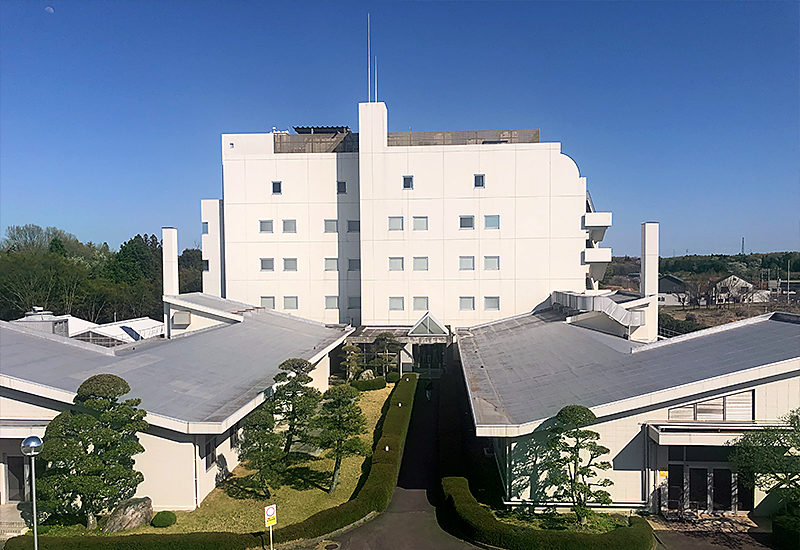
Intermediate Molecules: ADC and Oligonucleotide Analysis Services for Therapeutic Development
You can now request quotes for our research services on BioIVT.com!
Whether you need a single assay or a complete ADME program, BioIVT’s experts will help design and implement the appropriate studies for your drug and research objectives. View BioIVT’s comprehensive portfolio of ADME research services.
The application of traditional safety testing for intermediate molecules is an evolving science. The FDA has referred to the January 2020 guidance, “In Vitro Drug Interaction Studies — Cytochrome P450 Enzyme- and Transporter-Mediated Drug Interactions,” as a general framework for conducting in vitro experiments and interpreting data for therapeutic oligonucleotides.
In support of advancing the research and development of intermediate molecules, our Drug Development Solutions Center provides non-regulated bioanalysis of oligonucleotides (oligos), antibody drug conjugates (ADC) and other intermediate molecules (milli-molecules) for quantification of parent drug and/or metabolite concentration in various biological matrices to support ADME (absorption, distribution, metabolism, and excretion), DMPK (drug metabolism and pharmacokinetics), and DDI (drug-drug interaction) studies in drug development.
Antibody Drug Conjugate and Oligonucleotide Analysis Support
Our Medical Analytical Services team has approx. 100 years of combined company experience between our two analytical labs, servicing pharma and biotech entities, academic institutions and even other CROs. In addition to traditional small molecules, we also provide in vitro and in vivo support for intermediate molecules, including antibody drug conjugates and various types of oligos, such as:
- Oligonucleotide aptamers
- Antisense oligonucleotides (ASO)
- CpG oligonucleotides
- Decoy oligonucleotides
- Heteroduplex oligonucleotides (HDO)
- miRNA and siRNA oligonucleotides
| Antisense | siRNA | mirna | hdo | decoy | aptamer | CpG | |
|---|---|---|---|---|---|---|---|
| Chemical Structure | Single-stranded DNA/RNA | Double-stranded RNA | Double-stranded RNA | Double-stranded DNA/RNA | Double-stranded DNA | Single-stranded DNA/RNA | Single-stranded DNA |
| BP Length | 13-30 | Around 20 | Around 20 | 13-30 | Around 20 | 26-45 | Around 20 |
| Targets for Binding | mRNA miRNA | mRNA | mRNA | mRNA miRNA | Proteins/ Transcription factor | Extra-/intra-cellular proteins | Proteins/TLR9 |
We predominantly provide bioanalysis of intermediate molecules with 14-30mer (molecular weight > 4.5 kDa but < 10kDa) as standalone analysis or as part of ADC and oligonucleotide pharmacokinetics and metabolism studies, such as enzyme linked oligonucleotide assays, oligo pull down assays, ADC and oligonucleotide characterization or stability, uptake assays, oligonucleotide ligation assays, oligonucleotide HPLC analysis, oligonucleotide sequencing mass spectrometry, etc. Learn more about our intermediate molecule analysis services and capabilities below.
Oligonucleotide and Antibody Drug Conjugate Services
- ADME in mice, rabbits and monkeys
- Quantitative analysis in various matrices including:
- CSF/Plasma
- Tissue
- Quantitative analysis in various methods including:
- LC-MS/MS
- HPLC
- qPCR
- Hybridization by ELOSA
- Hybridization by PALSAR
- Absorption Study Types include:
- Single-Dose in Monkeys
- Repeated-Dose in Monkeys
- Distribution Study Types include:
- Intra-organization distribution in Monkeys (single and repeated doses)
- Plasma Protein Binding (PPB) in Mice and Monkeys (by ultrafiltration)
- Placental transfer in Mice and Monkys
- Metabolism Study Types include:
- Metabolite analysis in young Monkeys (repeated doses – 14 weeks)
- CYP Inhibition
- CYP Induction
- TP Inhibition
- Excretion Study Types include:
- Milk excretion by pregnant mice
- Excel summary of deliverables
- Electronic data summary outlining analytical method and sample preparation, calibration curve and calculated sample concentrations
| Analytical Methods | Detection limits | Advantages | Disadvantages |
|---|---|---|---|
| LC-MS/MS | >100 amol/µL | – LC guidelines applicable – Signals separated from metabolites | – Low sensitivity – Cumbersome pretreatment |
| Hybridization (ELOSA) | >1 amol/µL | – LBA guidelines applicable – High throughputs | – Medium sensitivity – Low selectivity (unable to separate from metabolites) |
| Hybridization (PALSAR) | >0.01 amol/µL | – LBA guidelines applicable – High sensitivity – Solves selectivity problem | – Lower throughputs compared to ELOSA |
| qPCR | >0.00002 amol/µL | – Much higher sensitivity | – Amplification errors, low reproducibility – Signals cannot be separated from metabolites – LBA guidelines not applicable |
Intermediate Molecule Bioanalysis Instrumentation
Luminex® 100/200TM System
MSD® QuickPlex SQ120TM System

